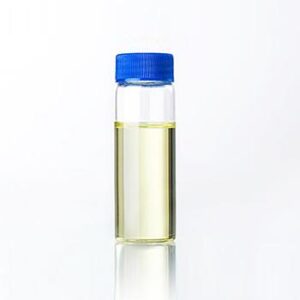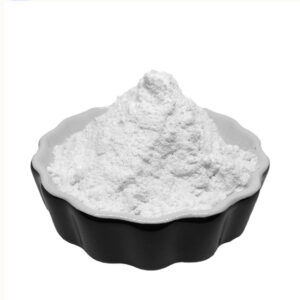Uses of Phenol in Medical and Industrial Applications
Phenol has various applications in both medical and industrial fields. In medical settings, it is used for sanitizing instruments, sterilizing skin, relieving itching (antipruritic), and treating otitis media. Phenol’s diluted solutions also act as antiseptics and disinfectants, commonly found in medicated soaps.
Industrial Uses of Phenol
In industry, phenol is a key raw material. It is essential for producing materials such as plastics, synthetic fibers, rubber, and pharmaceuticals like aspirin. Phenol is also involved in making preservatives, fungicides, paints, and spices. Its role extends to binding excess free halogens and assisting in the determination of substances like potassium, ammonia, and alkaline earth metal oxides.
Chemical Applications
Phenol is widely used in chemical analysis, such as in the colorimetric determination of nitrate and nitrite. It also acts as a solvent for analyzing the molecular weight of certain substances. Additionally, phenol is important in the preparation of other chemical products like phenolic resins, caprolactam, and bisphenol A.
Antibacterial and Disinfectant Properties
Phenol has strong antibacterial properties at different concentrations. In low concentrations (0.0125%-0.02%), it is effective against bacteria and fungi. Higher concentrations (1%-2%) can kill bacteria but not bacterial spores or viruses. The antibacterial effect is stronger in acidic environments and weaker in alkaline conditions or in the presence of organic matter.
While it is effective for disinfecting instruments and surfaces, phenol is corrosive to metal instruments. It is also used for skin treatments, such as relieving itching, although it can be irritating or corrosive depending on the concentration.
Growth in Phenol Demand
From 1997 to 2002, the demand for phenol grew at an average rate of 4.2% annually in major regions like the United States, Western Europe, and Japan. Its versatile applications in industries such as chemical production, pharmaceuticals, and oil refining continue to drive this growth.






Reviews
There are no reviews yet.